
It was one of those fortuitous incidents. For my next subject aircraft, I chose the Altus motorglider because this particular aircraft was personally intriguing to me. I enjoy soaring, gliders, and therefore motorgliders. However, it’s not an ego thing. Motorgliders have a very special niche in American aviation. I’ll get to that below. What made this choice of topics lucky was that as I was doing some investigation of this company and aircraft, I reached out to a local aviator who hails from the same country: Hungary. His name is Doma Andreka and he is the importer of Magnus Aircraft and its aerobatically-capable Fusion. He is also part of Aero Affinity, which helps international companies make inroads to the complex American recreational aircraft market. At Aero 2023, Doma and his former countrymen came to preliminary agreement. With steady progress, Altus may be available to Americans by next year.


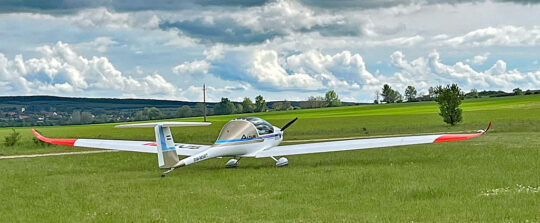 What made this choice of topics lucky was that as I was doing some investigation of this company and aircraft, I reached out to a local aviator who hails from the same country: Hungary. His name is Doma Andreka and he is the importer of
What made this choice of topics lucky was that as I was doing some investigation of this company and aircraft, I reached out to a local aviator who hails from the same country: Hungary. His name is Doma Andreka and he is the importer of 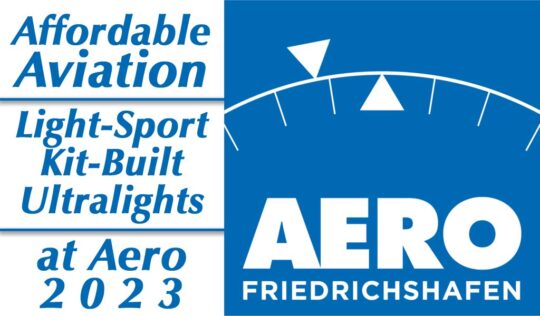 He is also part of
He is also part of 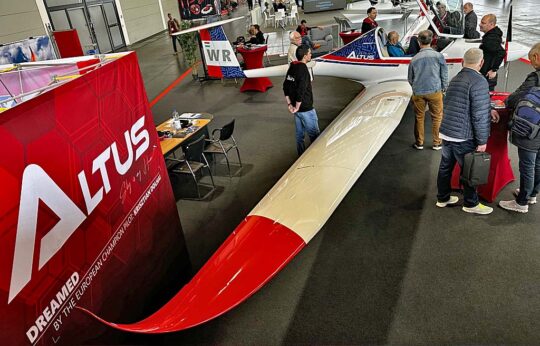 I was drawn by its lovely wings but the entire aircraft has appeal, although being intended for soaring flight, it may not be a roomy as some cross-country-oriented Light-Sport Aircraft.
Given a substantial versatility and range with "easily changeable wing extensions," you can have either a 36-foot-span speedster or a 49-foot soaring motorglider.
I was drawn by its lovely wings but the entire aircraft has appeal, although being intended for soaring flight, it may not be a roomy as some cross-country-oriented Light-Sport Aircraft.
Given a substantial versatility and range with "easily changeable wing extensions," you can have either a 36-foot-span speedster or a 49-foot soaring motorglider.
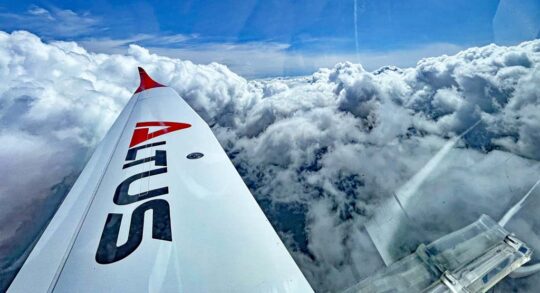 Altus took its maiden flight in May of 2018. Since that initial flight, "Altus spent over 800 hours in the air and earned 5 FAI world records without a single problem," reported the company.
During development, champion pilot and developer Krisztián Dolhai, also flew several FAI records including speed over a closed course and straight line. While Altus is a motorglider at heart, it scoots right up to the LSA speed limit.
Altus took its maiden flight in May of 2018. Since that initial flight, "Altus spent over 800 hours in the air and earned 5 FAI world records without a single problem," reported the company.
During development, champion pilot and developer Krisztián Dolhai, also flew several FAI records including speed over a closed course and straight line. While Altus is a motorglider at heart, it scoots right up to the LSA speed limit.
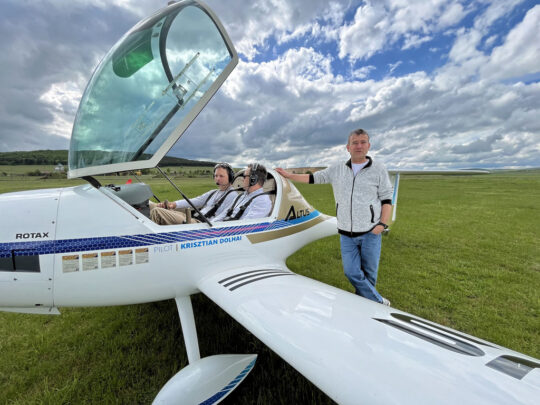
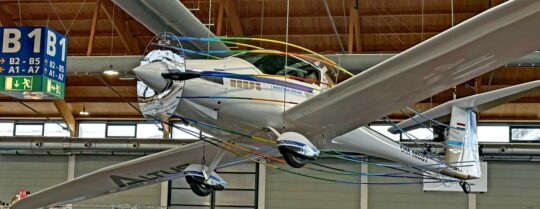 Let's make it simpler with an image of an intriguing display hoisted above an actual Altus. I love how they managed to depict the airflows and fix them to the aircraft without damaging the airframe or its ability to fly.
It's too early to get into price and further details about Altus. After this introduction, more will follow, perhaps later this month.
Let's make it simpler with an image of an intriguing display hoisted above an actual Altus. I love how they managed to depict the airflows and fix them to the aircraft without damaging the airframe or its ability to fly.
It's too early to get into price and further details about Altus. After this introduction, more will follow, perhaps later this month.
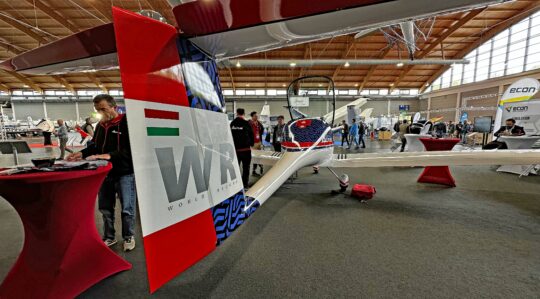 In this wonderful
In this wonderful 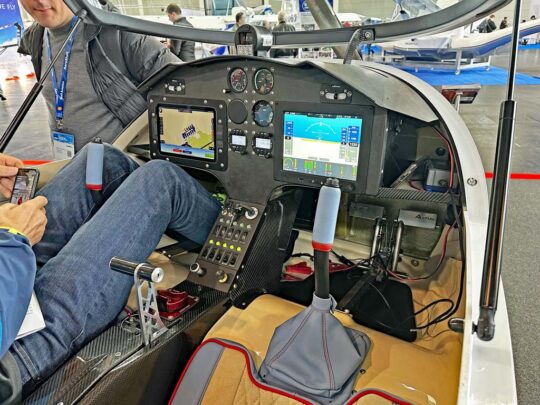 Read that again! Even if you are denied a conventional aviation medical, you may still fly a glider/motorglider. That is a significant difference, even from Sport Pilots flying Light-Sport Aircraft. Chip Erwin uses this argument for his Merlin motorglider (
Read that again! Even if you are denied a conventional aviation medical, you may still fly a glider/motorglider. That is a significant difference, even from Sport Pilots flying Light-Sport Aircraft. Chip Erwin uses this argument for his Merlin motorglider (